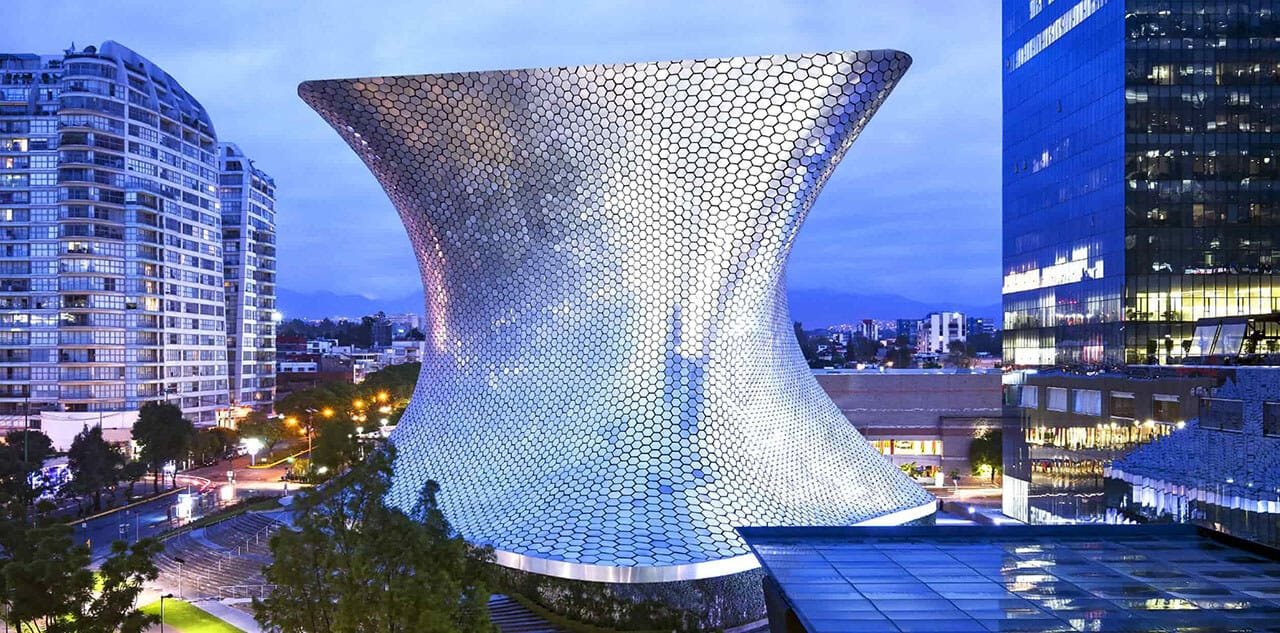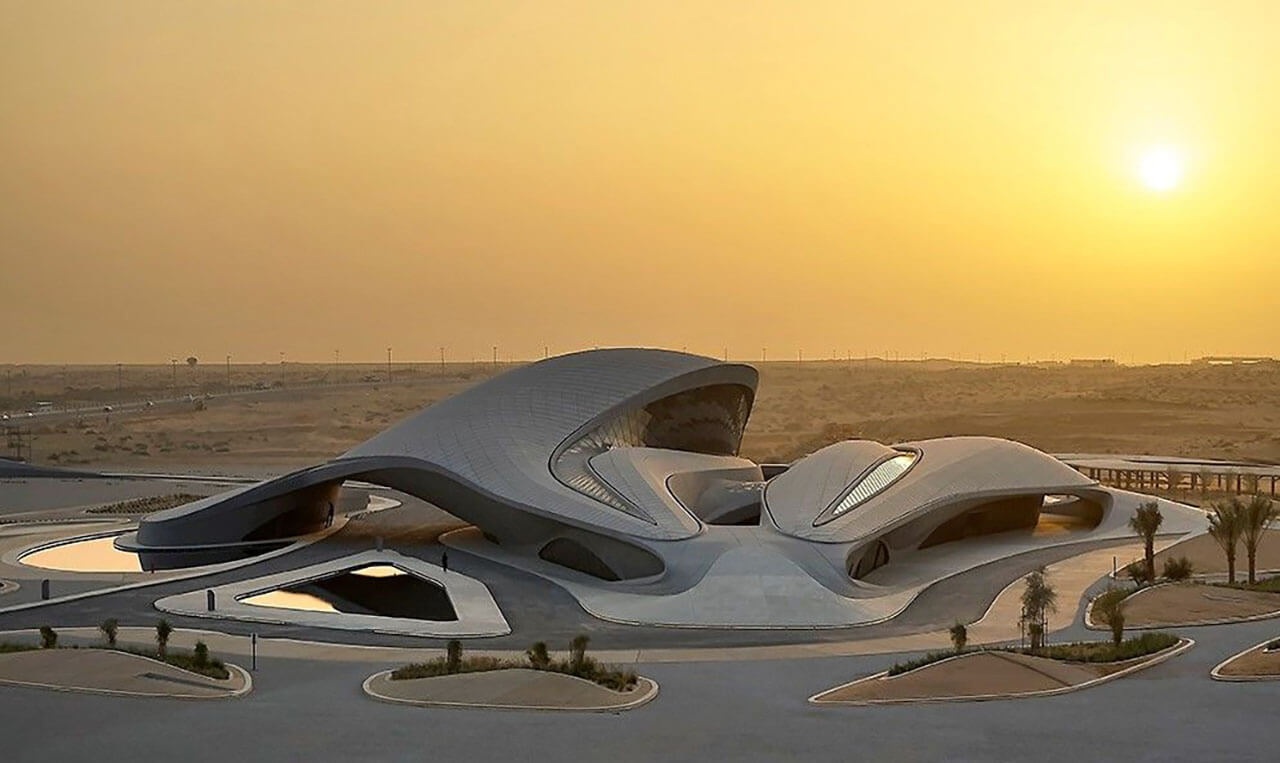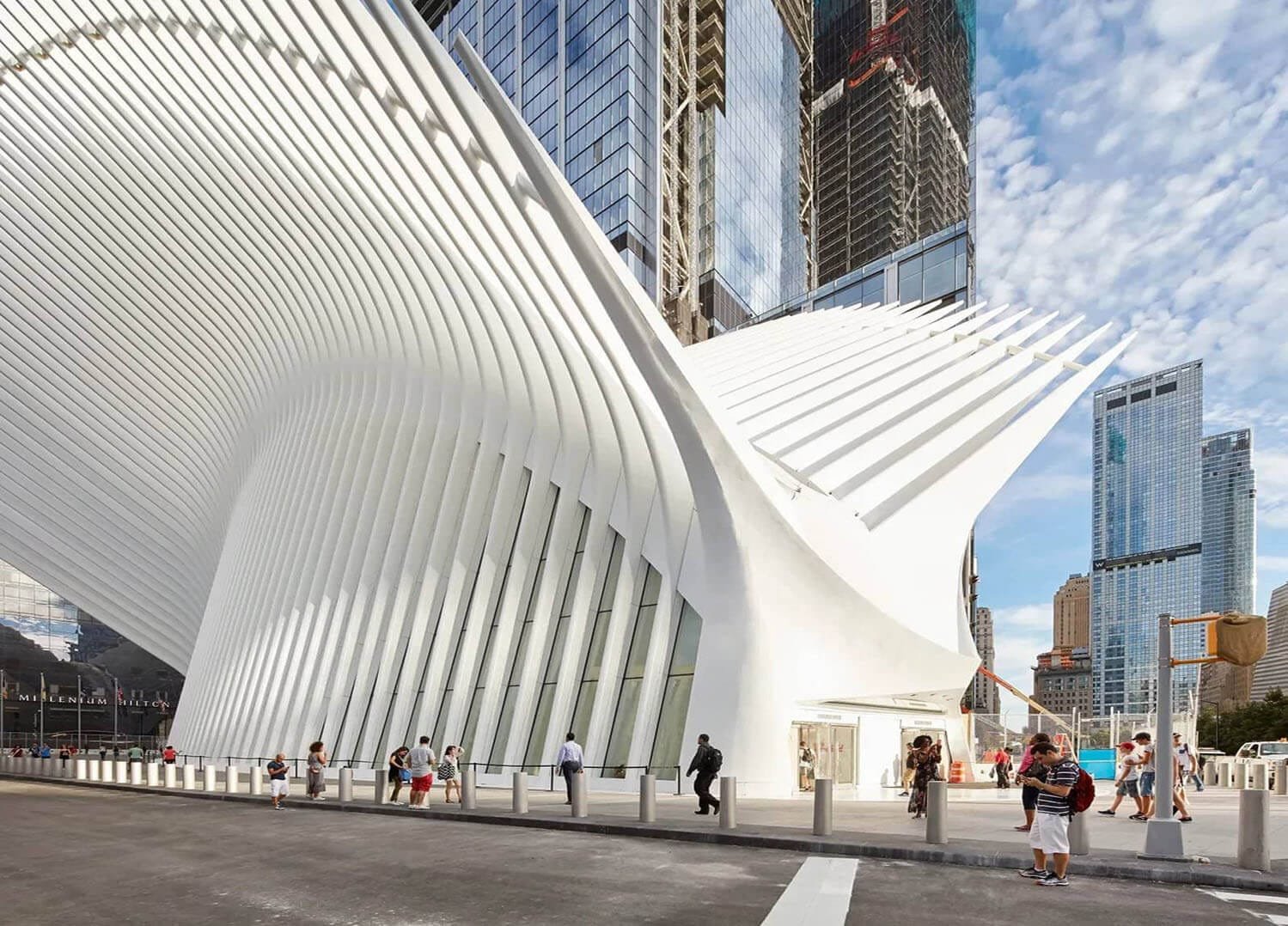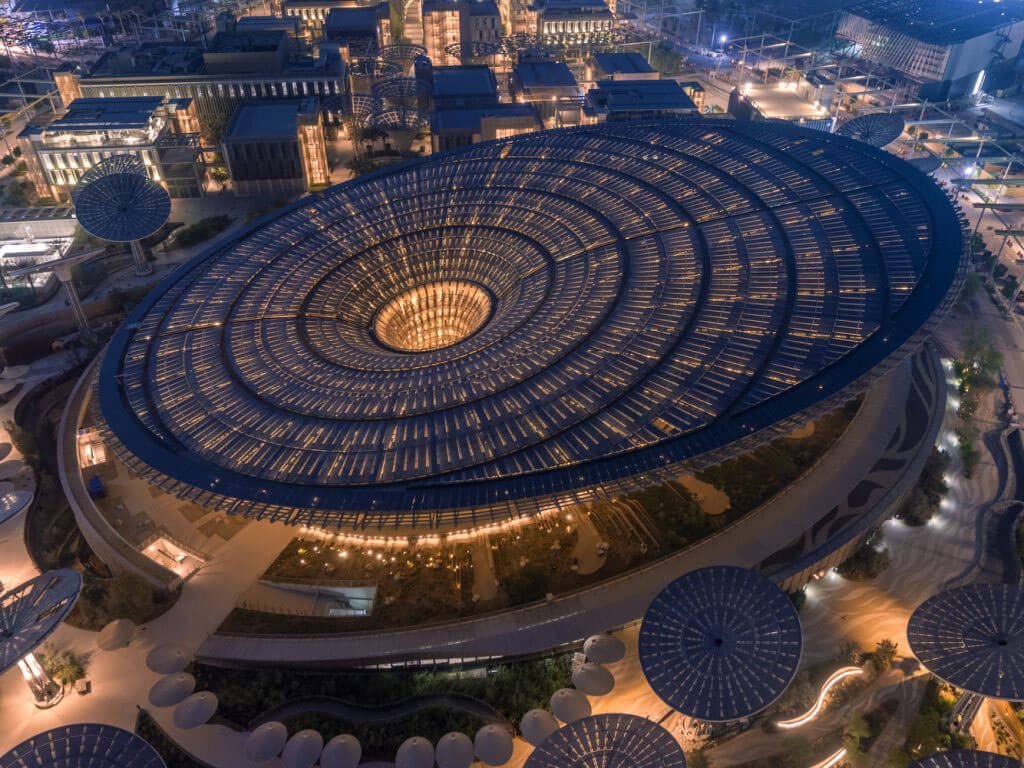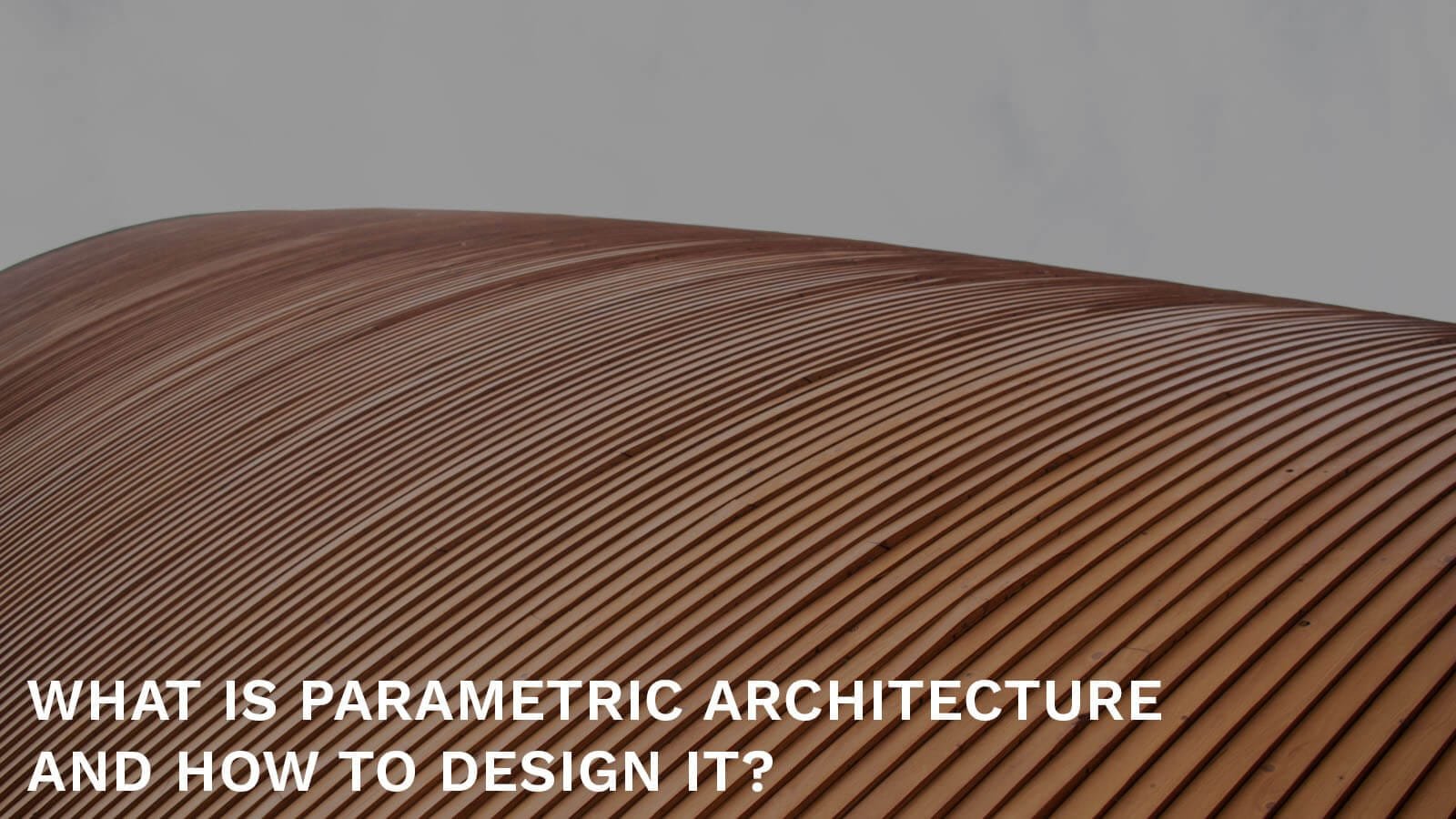
What is Parametric Architecture and How to Design it?
Luigi Moretti, the pioneering architect who coined the term “parametric architecture,” a revolutionary concept emerged – parametric architecture. This innovative approach to design and construction is transforming the way architects, engineers, and builders create structures.
In this article, we will delve into the fascinating world of parametric architecture, exploring its definition, principles, applications, and impact on the future of construction and how to design parametric architecture.
Introduction to Parametric Architecture
Parametric architecture is more than just a design style; it’s a design approach that employs algorithms and computational techniques to create buildings and structures. It allows architects and designers to define a set of parameters and rules, which then generate complex, customizable designs.
This method goes beyond conventional architectural practices, enabling the creation of intricate and innovative forms that would be challenging to achieve manually and applied in other fields such as product design, furniture design, fashion design, or even animation.
Since the 1980s, this architectural style has been known as parametric architecture. It’s the process of playing around with various design options in a computer model commonly used by architects and designers.
In many cases, parametric models can save time and money compared to manual modeling. Parametric design architecture is distinguished primarily by the fact that a set of computer algorithms or parameters predetermine its form.
One of the oldest examples of parametric design can be seen in Antonio Gaudi’s inverted church models, in which he hanged weighted threads to form complex catenary arches. He altered the form of the catenary arches and, by extension, the complete model by shifting their respective weights. His method was analogous to computers in that he observed the reflection of the model in a mirror.
Core Principles of Parametric Design in Architecture
Parameters and Variables
Parameters and variables are used in parametric architecture to determine the fundamental characteristics of a structure. Dimensions, angles, material characteristics, and environmental factors are all examples of parameters. Assigning values to these parameters as variables promotes design malleability.
Algorithmic Design
Algorithmic design is fundamental to parametric architecture. Architects use mathematical algorithms to alter the stated parameters and produce designs that meet the defined criteria. This method simultaneously encourages originality and precision.
Generative Modeling
Complex shapes can be generated using iterative methods in generative modeling. As a result, designers may swiftly test out many different concepts.
Designers can generate infinite variations by adjusting parameters, allowing for a deeper dive into design concepts.
Applications in Architectural Design of Parametric Design
Sustainable Design
Sustainable design leans significantly on parametric architecture. Architects can optimize the designs and features of buildings to improve energy efficiency and reduce waste.
Parameters like insulation, orientation, and materials can be fine-tuned to make green and sustainable designs more practical.
Complex Forms
Parametric design is distinguished by its propensity for generating organic forms with great complexity.
When an original and striking appearance is a priority, this method shines. Parametric design opens up a world of options, from cutting-edge sculptures to future structures.
Facade Design
The facade of a building is often its most prominent feature. Parametric architecture allows for the creation of intricate and visually stunning facades. By manipulating parameters, architects can design facades that respond dynamically to environmental conditions, creating both functional and artistic elements.
Parametric design architecture Tools and Software
To implement parametric architecture effectively, architects rely on specialized software and tools. Some of the prominent ones include:
Grasshopper
Grasshopper is a popular visual programming language for Rhino, enabling designers to create parametric models with ease.
Rhino 3D
Rhino 3D modelling software is widely used in parametric architecture due to its scalability and interoperability with a wide range of plugins.
Dynamo
Dynamo is a graphical programming environment for architectural design that works in tandem with programs like Autodesk Revit.
How to Get Started with Parametric Design in Architecture
If the possibilities of parametric architecture inspire you and want to get started, here are some steps to consider:
Learn Parametric Design Software
Start by familiarizing yourself with parametric design software such as Rhino with Grasshopper, Autodesk Dynamo, or GenerativeComponents. These tools are essential for creating parametric models and exploring design possibilities.
With these tools and with basic principles of architecture and spaces, you can start creating spaces or exteriors with parametric design.
Study Parametric Principles
Investigate the fundamentals of parametric design by educating yourself on various mathematical topics, scripting languages, and algorithms. It will be essential for you to get an understanding of how the criteria affect design.
Collaborate and Experiment
Collaboration and experimentation are essential to the success of parametric architecture. Collaborate with other design professionals such as architects and engineers to share knowledge and advance the state of the art.
Digital Fabrication of Parametric Design in Architecture
Explore digital fabrication techniques to bring your parametric designs into the physical world with precision. While initial costs may be higher due to technology and materials, parametric designs often lead to long-term savings through energy efficiency and sustainability.
The potential uses of a parametrically designed building are practically endless. Previously time-consuming tasks can now be completed in a matter of minutes.
Challenges and Criticisms
While parametric architecture offers numerous advantages, it has challenges. Critics argue that it can lead to overly complex designs that are difficult to construct or maintain.
Additionally, the reliance on software and algorithms raises concerns about the loss of craftsmanship in architecture. But on the other hand, technology has also made it possible for architects to resolve design issues quickly. When you look closely enough, you’ll notice that no parametric structure follows any symmetry principles.
Parametric design architecture represents a revolutionary shift in the field of design and construction. It empowers architects to create structures that are not only visually striking but also functionally efficient and sustainable.
As technology continues to evolve, we can expect AI to lead and expand the boundaries of parametric architecture to lead the way in shaping the cities and buildings of tomorrow.
